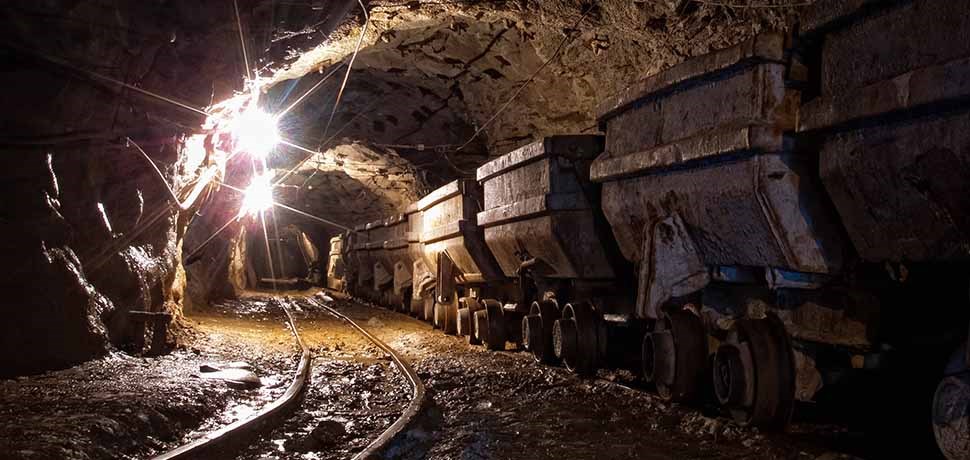
The two-day Joburg Mining Indaba which happens once a year took place on the 7th of October 2020. The event is a highly regarded industry platform which brings together influential leaders and stakeholders into one venue to discuss the current challenges and opportunities in the mining industry. For the first time this year, it took place on Zoom screens with 300 virtual attendees. Evidently, the new normal was the main focus for most speakers at the conference with focus on how the industry should navigate the new normal post COVID-19.
A topic that is always a key point of discussion at the Indaba is exploration and growth opportunities in an industry that is still a big contributor to South Africa’s economy. I could not help but notice that the topic continues to arise with an increasing intensity in the plea for assistance from government to create better conditions for conducting mining business in South Africa. The SA mining industry employs close to 500 000 people and is one of the major consumers of electricity, accounting for more than 17 percent of the electricity produced in the national grid. Given how labour and energy intensive South African mines are, it is imperative that the SA government helps to create an environment that encourages reinvestment and sustainable growth in the mining sector.
It was encouraging to see industry leaders discuss the growing global shift into clean energy and reducing greenhouse gas emissions. This is a theme that we as Sasfin believe in. The CEO of the Minerals Council South Africa, Roger Baxter said that the department had initiatives looking into the opportunities that the hydrogen economy presented, in line with South Africa’s large PGMs (Precious Group Metals) endowment. Anglo American Platinum believes that PGMs will be a key player in a greener, cleaner world driven by green hydrogen technology. PGMs have been central in emission control systems of autocatalysts. This has been a key driver in the spike in Palladium and Rhodium prices over the past few years. We believe that hydrogen fuel cell technology presents a growth opportunity for the PGM sector.
PGM catalysts in electrolysers can produce hydrogen from renewable energy sources that can be stored indefinitely as an on-demand energy source and PGM catalysts in different types of fuel cells. This includes fuel cells used in vehicle mobility applications to convert hydrogen back into electricity. A total of 18 countries have now detailed strategies to deploy hydrogen energy solutions. Fuel cells are already finding applications across multiple modes of transportation in the world. PGM demand is expected to grow due to new clean energy applications coming on line and the Hydrogen Council predicts that there will be a need to draw an additional 350 000 oz of platinum by 2030. This puts South Africa first in line to benefit from a growing demand in PGMs as it hosts 80% of the world’s PGM reserves. In support of this move, Anglo American is engaged in considerable market development and will soon be piloting a hydrogen fuel cell haul truck at its Mogalakwena mine. The company has also announced that it intends to build a 100MW solar electricity plant, from which it plans to generate green hydrogen for use in haul trucks, that will have zero emissions.